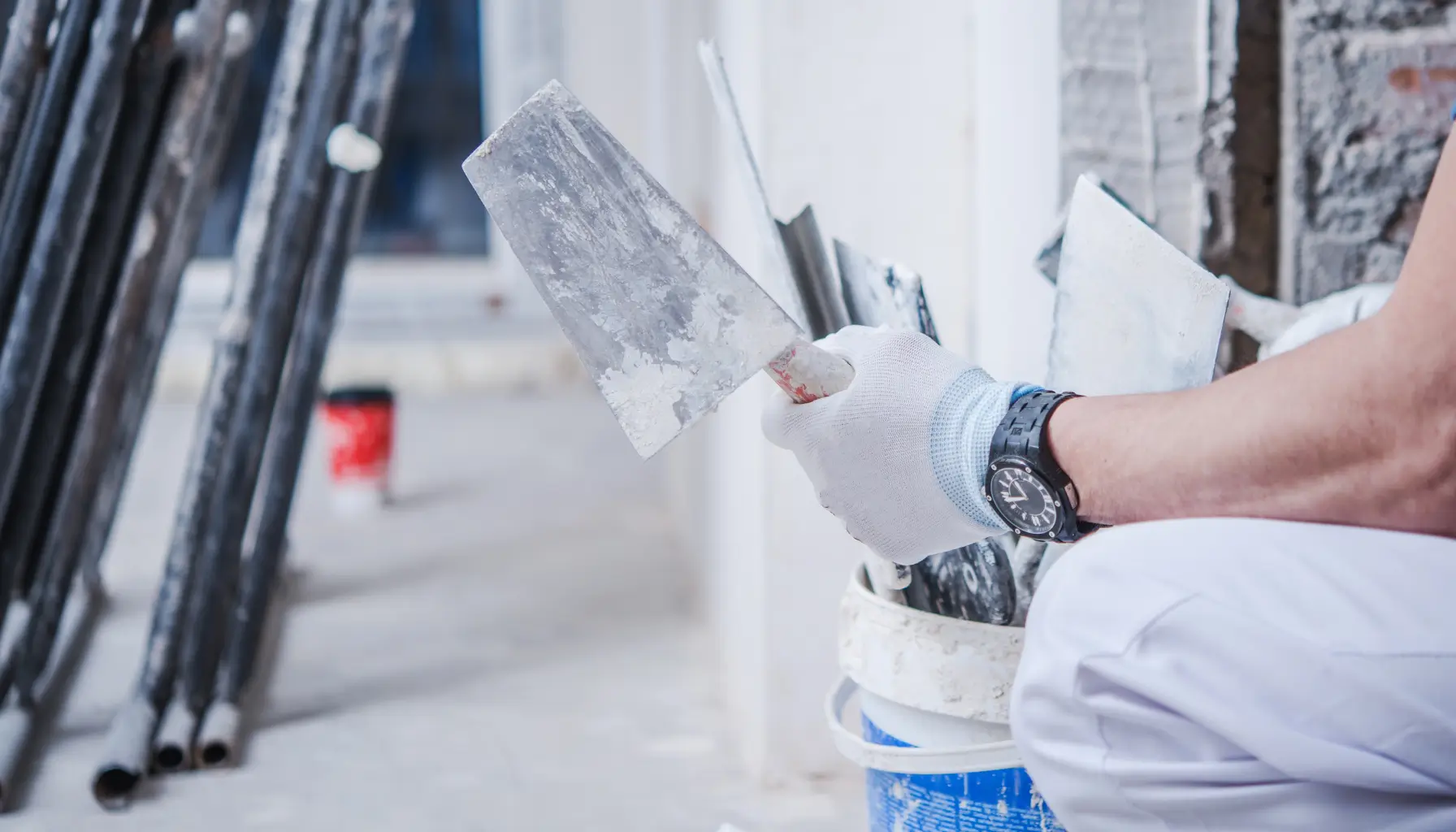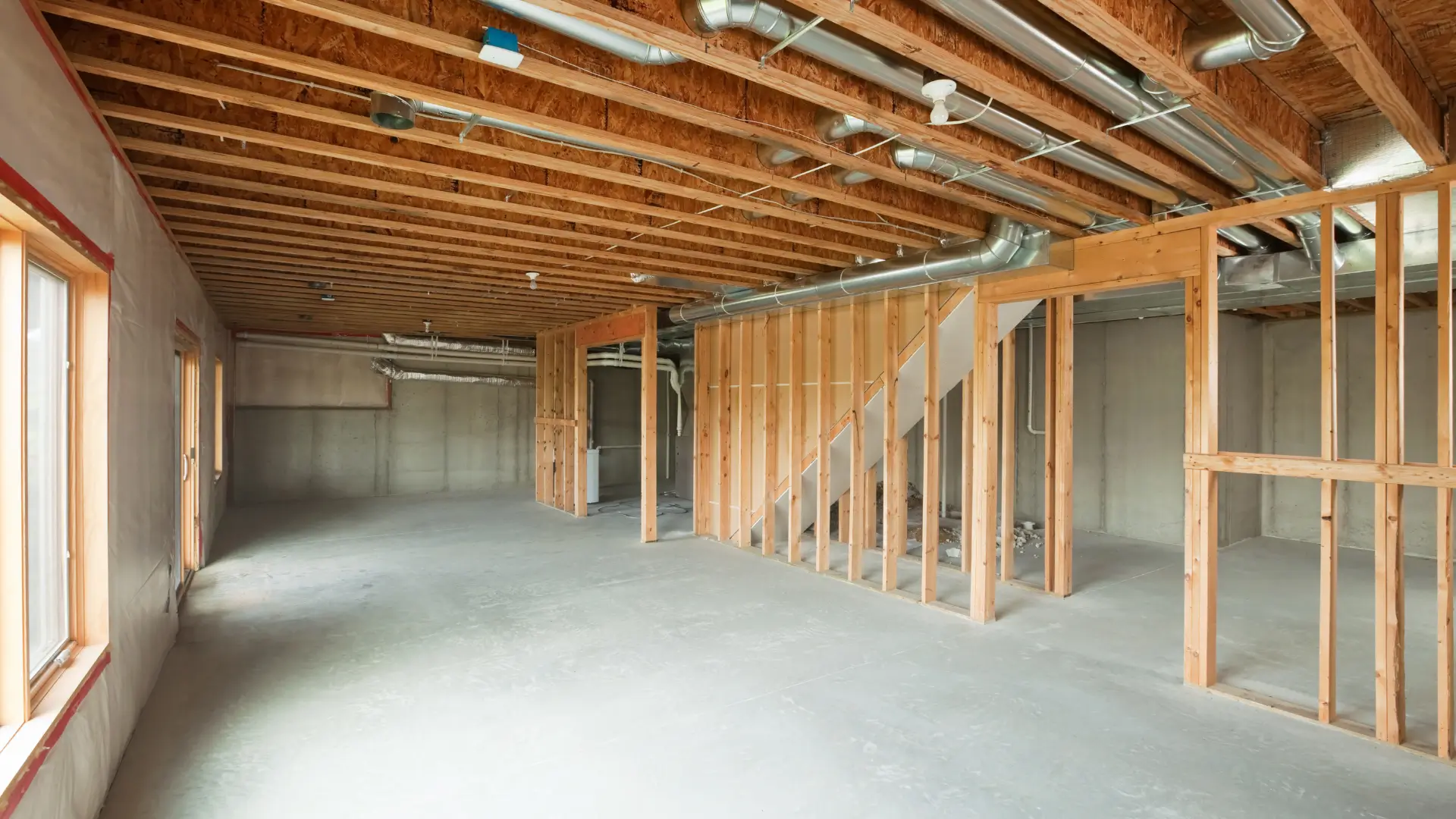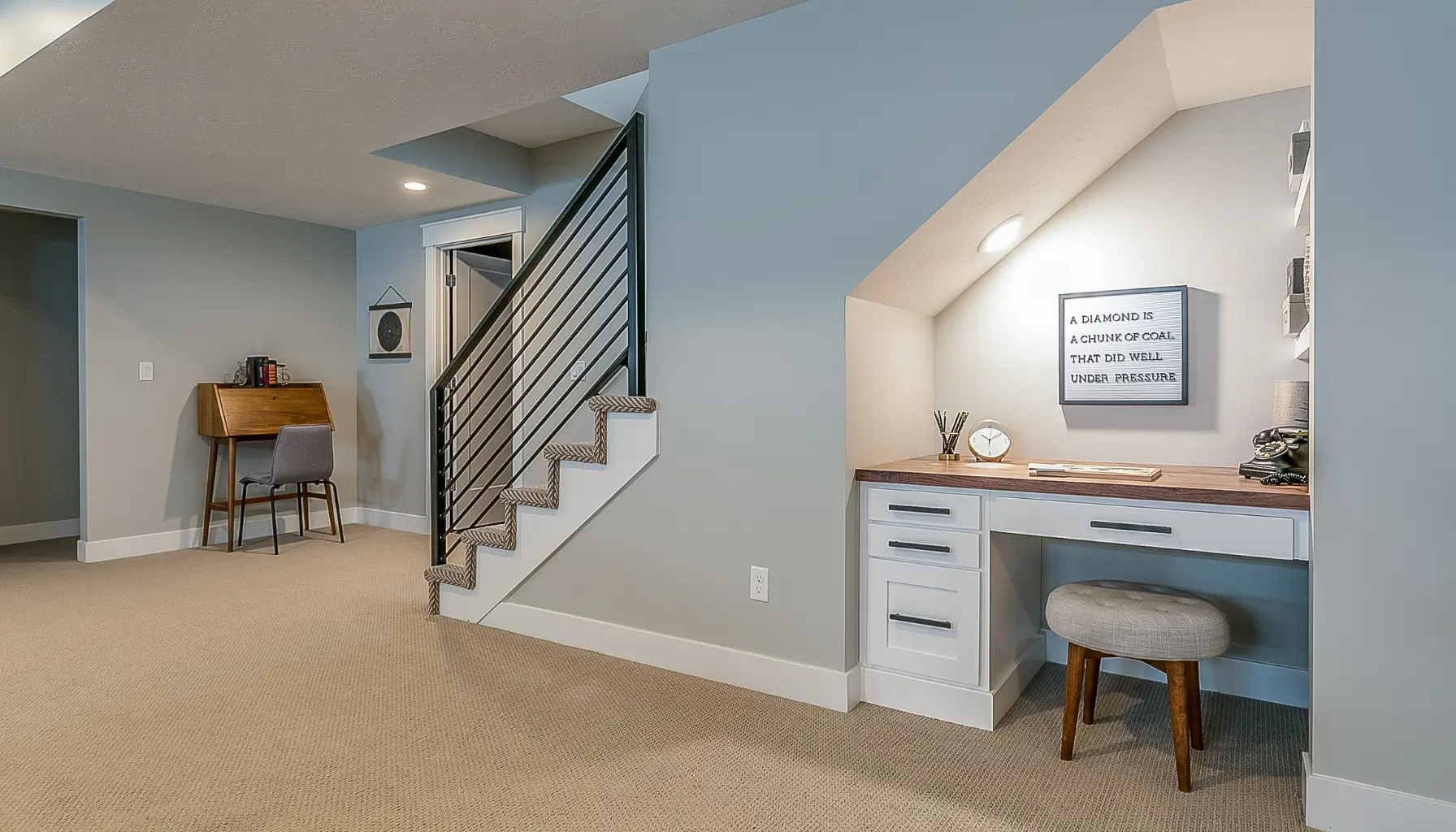Undertaking DIY home improvement projects in your basement can be incredibly rewarding, but safety should always come first. Basements present unique challenges, such as limited space, potential moisture issues, and the need for specialized tools. Here is a comprehensive guide to ensure you stay safe and efficient while working on your basement projects.
General Safety Precautions
1. Wear Appropriate Safety Gear
- Safety Glasses: Protect your eyes from dust, debris, and harmful particles.
- Gloves: Safeguard your hands from cuts, abrasions, and exposure to chemicals.
- Hearing Protection: Use earplugs or earmuffs to protect against loud noises from power tools.
- Dust Masks and Respirators: Prevent inhalation of dust, fumes, and other hazardous materials.
- Steel-Toed Boots: Protect your feet from heavy objects and sharp materials.
- Hard Hats: Necessary if there’s a risk of falling objects or low ceilings.
2. Maintain a Clean and Organized Workspace
- Tidy Up Regularly: Clear away debris, tools, and materials to prevent tripping hazards.
- Proper Storage: Store tools and materials in designated areas to avoid clutter.
- Good Lighting: Ensure your workspace is well-lit to avoid accidents and ensure precision. Consider temporary work lights if the basement is poorly lit.
3. Use Tools and Equipment Correctly
- Read Instructions: Always read and follow the manufacturer’s instructions for tools and equipment.
- Inspect Tools: Check tools for damage or wear before use. Do not use defective tools.
- Use the Right Tool: Ensure you are using the correct tool for the task at hand to prevent injuries.
- Power Tools: Be cautious with power tools; always disconnect from power when changing accessories.
Specific Considerations for Basement Work
1. Moisture and Water Management
- Inspect for Moisture: Check for signs of moisture or water leaks before starting. Address any issues to prevent mold and mildew.
- Dehumidifiers: Use dehumidifiers to control humidity levels and prevent dampness.
- Waterproofing: Apply waterproof coatings to walls and floors if needed.
- Sump Pumps: Ensure your sump pump is functional to handle any water ingress.
2. Electrical Safety
- Turn Off Power: Always switch off power at the circuit breaker before working on electrical projects.
- Use Insulated Tools: Only use tools with insulated handles when working with electricity.
- Check for Live Wires: Use a voltage tester to ensure wires are not live before handling them.
- GFCI Outlets: Install Ground Fault Circuit Interrupter (GFCI) outlets in areas prone to moisture.
3. Ventilation
- Ensure Proper Ventilation: Work in well-ventilated areas to avoid inhaling dust and fumes. Open windows and use fans if necessary.
- Ventilation Systems: Consider installing a ventilation system to improve air quality.
4. Handling Hazardous Materials
- Read Labels: Follow safety instructions on labels of chemicals, paints, and solvents.
- Proper Ventilation: Work in well-ventilated areas to avoid inhaling harmful fumes.
- Safe Disposal: Dispose of hazardous materials according to local regulations.
Structural and Construction Safety
1. Ladder Safety
- Stable Surface: Place ladders on a stable, level surface to prevent tipping.
- Three-Point Contact: Maintain three points of contact (two hands and one foot, or two feet and one hand) when climbing.
- Avoid Overreaching: Move the ladder as needed to avoid stretching beyond your center of balance.
2. Framing and Drywall Installation
- Wear Protective Gear: Use gloves and safety glasses when cutting and installing drywall.
- Proper Measurements: Measure accurately to avoid waste and ensure a tight fit.
- Secure Fastening: Use appropriate fasteners and ensure they are securely attached to prevent shifting.
3. Flooring Installation
- Prepare Subfloor: Ensure the subfloor is clean, dry, and level before installation.
- Use Moisture Barriers: Install moisture barriers to protect flooring from dampness.
- Follow Manufacturer’s Instructions: Adhere to installation guidelines for the specific flooring material.
4. Plumbing Projects
- Turn Off Water Supply: Always turn off the water supply before starting plumbing work.
- Check for Leaks: Inspect all connections for leaks after installation.
- Proper Ventilation: Ensure proper ventilation when using adhesives and sealants.
Fire Safety
1. Fire Extinguishers
- Keep Accessible: Have a fire extinguisher readily accessible in the basement.
- Know How to Use: Ensure you know how to operate the fire extinguisher.
2. Avoid Overloading Circuits
- Check Capacity: Do not overload electrical circuits; know the capacity of your electrical panel.
- Use Surge Protectors: Protect appliances and tools with surge protectors.
3. Safe Storage of Flammable Materials
- Proper Containers: Store flammable materials in appropriate, clearly labeled containers.
- Ventilation: Ensure good ventilation in storage areas.
Planning and Preparation
1. Detailed Planning
- Project Plan: Have a clear vision and detailed plan for your basement project.
- List Tasks and Tools: Create a list of all tasks and necessary tools and materials.
2. Know Your Limits
- Skill Assessment: Understand your skill level and seek professional help for complex tasks.
- Safety First: Never compromise safety for the sake of speed or convenience.
3. Stay Informed and Educated
- Learn New Skills: Take workshops or watch tutorials to learn safe practices and techniques.
- Stay Updated: Keep abreast of new safety standards and tool advancements.
4. Emergency Preparedness
- First Aid Kit: Keep a well-stocked first aid kit in the basement.
- Emergency Contacts: Have emergency contact numbers easily accessible.
By adhering to these comprehensive safety tips and best practices, you can ensure a safe and successful basement home improvement project. Remember, safety always comes first. Happy renovating!








